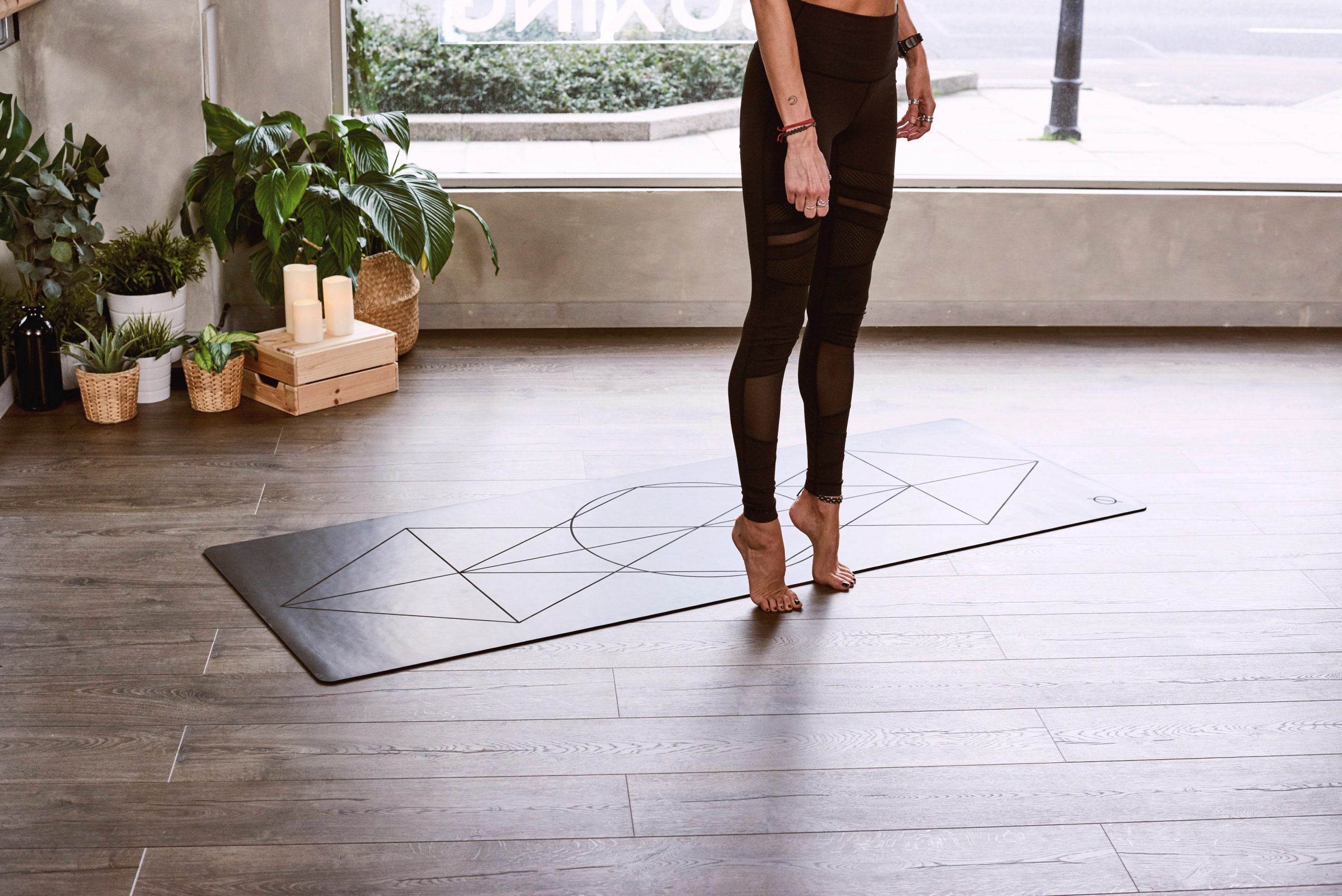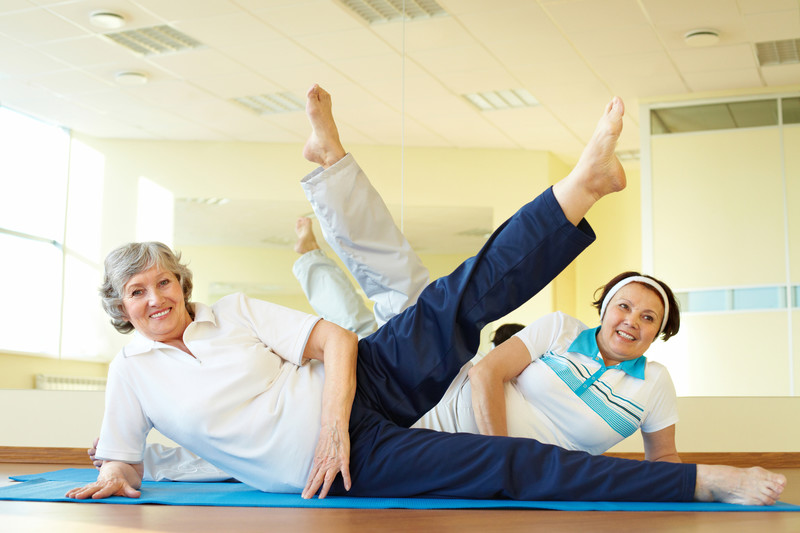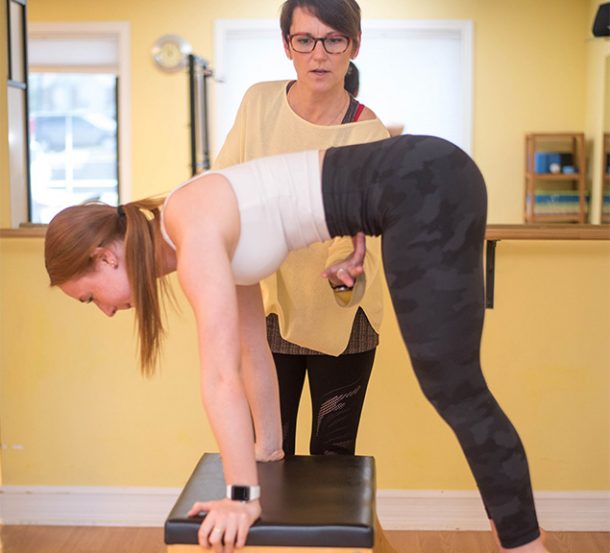Pilates: Weight Management for Women
January 3, 2020
Pilates might be best known for increasing your strength, especially in your core muscles. However, it also helps women burn off excess calories and therefore manage their weight. The great thing about trying Pilates for weight management is that it’s an accessible exercise.
Truly, no matter your fitness level, Pilates will challenge you to burn fat. Those who have chronic pain or other disorders can easily modify Pilates to be comfortable, while athletes at peak performance can still find movements that challenge them.
At Absolute Pilates, we have experience modifying Pilates routines and intensifying them for advanced Pilates participants. We find that some moves are better suited for burning fat and managing weight than others, and we want to share those moves with you.
The Best Pilates Moves for Weight Management
- Knee Up/Heel Up
- Step One: From standing, keep your elbows bent and at your side. Begin jogging.
- Step Two: While jogging, for eight leg movements, raise your knee in front of you to hip height.
- Step Three: While jogging, stop knee ups and start extending your legs back to kick your bottom, eight times. Do not lift your knees and attempt a kick at the same time, only alternate the movements.
- Crisscross
- Step One: Lay on your back. Place your hands behind your head and lift. Pull your knees to your chest.
- Step Two: On the exhale, move to touch your right elbow with your left knee. Your hands should stay behind your head, and your right leg should straighten for balance.
- Step Three: Slowly return to the start position. Switch sides, reaching your left elbow to touch your right knee.
- Step Four: Combine the movements and complete five sets of twists.
- Corkscrew
- Step One: Lay flat on your back. Extend your arms straight out at your sides. Turn your palms to the floor so you can use them for support.
- Step Two: With your legs straight, press them together, engaging the muscles from calf to rear.
- Step Three: Point your toes and lift your legs, still pressing them together. Use your arms and shoulders for balance. Do not let your weight rest on your neck.
- Step Four: Lift so your glutes aren’t touching the floor. Lean slightly right and move your legs right, then left in a circle.
- Step Five: Return your legs to the floor. Raise them again and perform a circle as before, but first leaning left, so the circle is in the opposite direction.
- Step Six: Repeat each circle four times, alternating each time.
Attend Pilates Classes at Absolute Pilates
While you can always practice these Pilates moves at home, it’s much more motivational and fun to take part in a class. Plus, our experienced Pilates instructors can help guide you to get the most out of the class, whether you’re looking for weight management or other Pilates benefits. Contact us today for more information about our classes and how to register.

